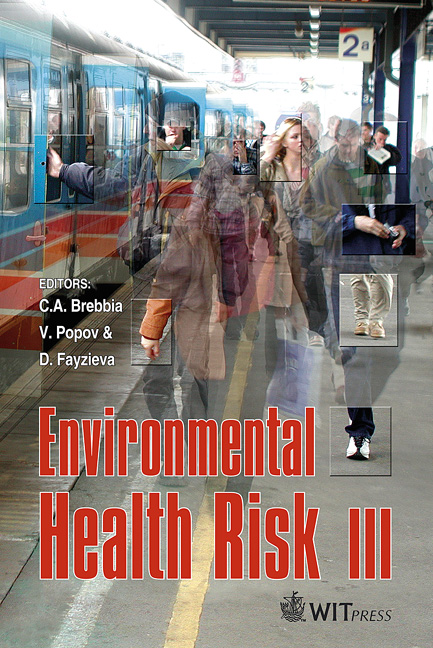Attending To Risk In Sequential Sampling Plans
Price
Free (open access)
Transaction
Volume
9
Pages
10
Published
2005
Size
389 kb
Paper DOI
10.2495/EHR050021
Copyright
WIT Press
Author(s)
A. J. Hamilton, V. L. Versace, G. Hepworth, F. Stagnitti, J. Dawson, P. M. Ridland, N. M. Endersby, N. A. Schellhorn, C. Mansfield & P. M. Rogers
Abstract
Researchers typically tackle questions by constructing powerful, highlyreplicated sampling protocols or experimental designs. Such approaches often demand large samples sizes and are usually only conducted on a once-off basis. In contrast, many industries need to continually monitor phenomena such as equipment reliability, water quality, or the abundance of a pest. In such instances, costs and time inherent in sampling preclude the use of highlyintensive methods. Ideally, one wants to collect the absolute minimum number of samples needed to make an appropriate decision. Sequential sampling, wherein the sample size is a function of the results of the sampling process itself, offers a practicable solution. But smaller sample sizes equate to less knowledge about the population, and thus an increased risk of making an incorrect management decision. There are various statistical techniques to account for and measure risk in sequential sampling plans. We illustrate these methods and assess them using examples relating to the management of arthropod pests in commercial crops, but they can be applied to any situation where sequential sampling is used. Keywords: binomial, enumerative, risk, sampling plan, sequential sampling, Taylor’s power law, Wald’s sequential probability ratio test.
Keywords
binomial, enumerative, risk, sampling plan, sequential sampling, Taylor’s power law, Wald’s sequential probability ratio test.





